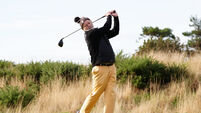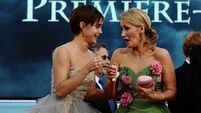A deer friend to generations: How Bambi adapted to survive
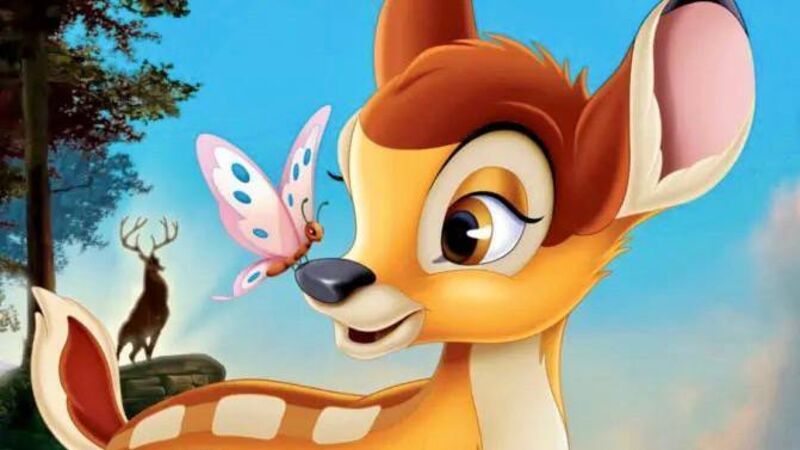
Walt Disney's rendition of the deerly-beloved Bambi
This year Bambi celebrates his 100th birthday! You may think you know the story… but probably you don’t!
A century after he first appeared, our favourite deer is still flourishing. But the image of Bambi and his world that many of us share is not what his creator intended.
Most people's first contact with Bambi was in cinemas 75 years ago, during summer 1948.
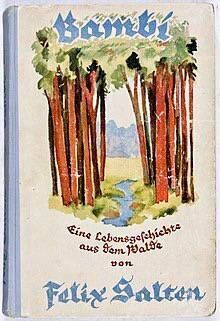
Many assume Walt Disney dreamt up the creature, which in fact was born not in Los Angeles but in a novel: Bambi.The Story of a Life in the Forest, published in Berlin in 1923. The author was a now largely forgotten Austrian Jew, Sigmund Saltzmann – better known as Felix Salten (1896-1945). Ever since his schooldays in Vienna, Salten knew what it was like to be pursued and bullied, changing his name to disguise his Jewish identity.
Whittaker Chambers translated the book from German into English for New York publishers Simon and Schuster in 1928.
In his introduction to a new edition of Bambi (Princeton University Press, 2022), which aims to rectify some errors and omissions in the earlier translation, Professor Jack Zipes explains how, far from being a simple tale about animal life, Salten’s novel is “a profound story of how minority groups throughout the world have been brutally treated, even when they try to live peacefully”.
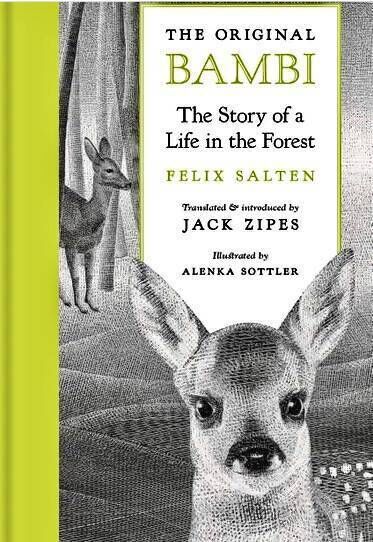
Certainly, there is little peace or mercy in Salten’s depiction of forest life. An overhanging sense of doom prevails, especially when man, called “he”, appears – either alone or in threatening hordes – pounding on the treetrunks and shouting.
In 1935, the Nazi Party banned the book in Germany, along with thousands of others written by Jews. When Germany annexed Austria in 1938, Salten fled to safety in Switzerland.
Disney’s 'Bambi' was released in the USA in 1942 – Salten having sold the rights for a paltry $1,000. The family film was screened at the Savoy, Cork City, in early August 1948. The Evening Echo (5 Aug. 1948) dubbed it a “technicolor masterpiece”, the Evening Herald (31 Aug. 1948) applauded its "thumping good story", and the Kilkenny People (16 Oct. 1948) praised its music, colour, comedy, romance and spectacle, branding it: “A terrific film achievement".
Like the book, the film depicts the passing of the seasons and the circle of life in the forest. Animals are given human qualities, and talk to one another. Both focus on a young deer that grows up and learns about life, always remaining alert when crossing the dangerous meadow.
But there the similarities end. Bored by the book, which "just rumbles on", Walt Disney got Larry Morey to make it “less wordy". No space for subtle smells and scents, or Salten’s “music” of the forest: rejoicing oriels, chirping chickadees, warbling finches, quarrelling jays and chattering magpies. Gone too are the book’s detailed descriptions of trees and shrubs – maple, beech, oak; sage, wild berries and dogwood – and the poignant conversation between two leaves about to drop: “which of us will be the first to fall?” asks one. We see little of Bambi’s life of “intent observation”, during which he learns to “listen, smell and see” by himself.
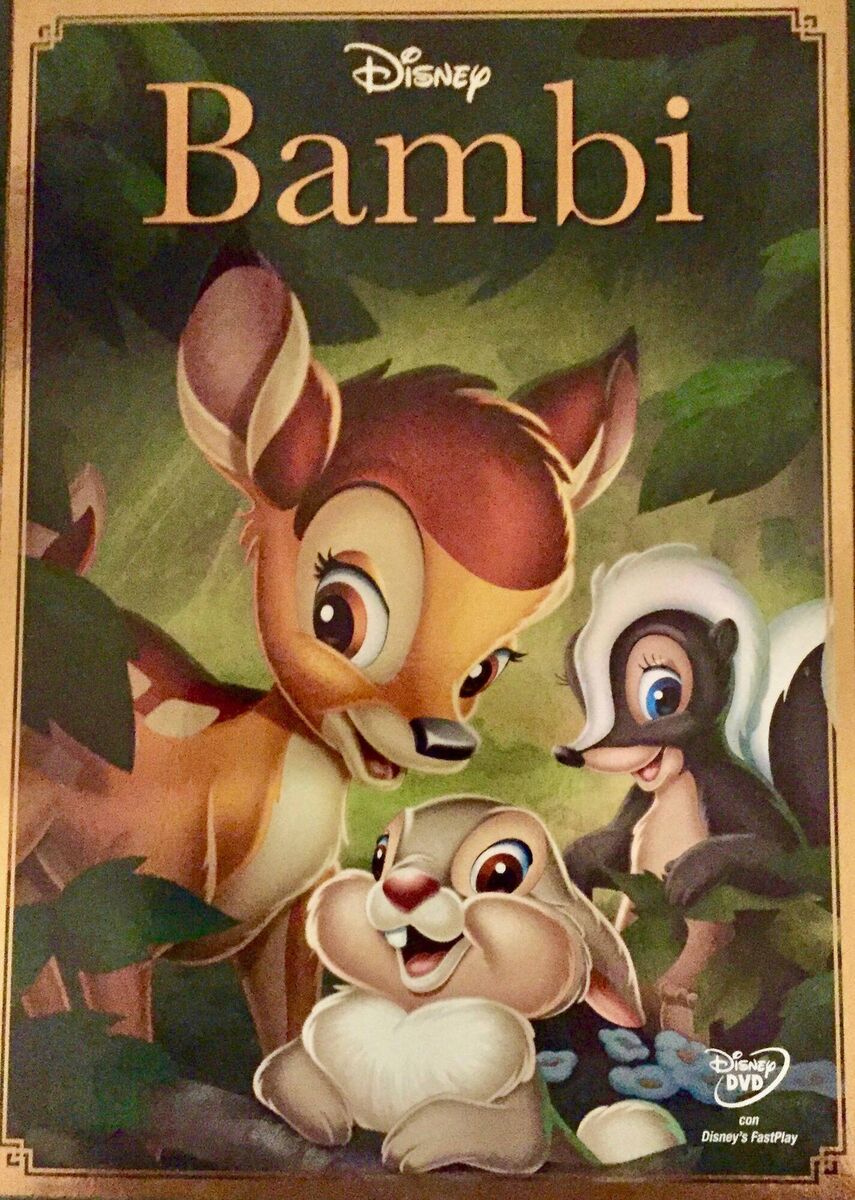
Disney preferred to focus the story around fewer characters. The most important omission is Bambi’s cousin Gobo, who has a big role in the book. Having been captured, he grows to trust humans, only to be shot by them on his return to the forest. Bambi’s mother is also a more marginal figure than in the novel – where she constantly offers her young son advice. The poacher appears only once, just as a shadow, whereas in Salten’s book his constant threatening presence is announced by his “disgusting” smell. Here, animals also discuss his dangerous “third hand” that hangs over his shoulder and can “hurl fire”. Bambi sees him at close quarters and is terrified by his “pale face…hideously bare”; later, he sees him dead, with blood oozing from his shirt and “bristling” through his hair.
Disney’s creatures indulge in slapstick ice-skating. But the only ice in the book cuts into the animals’ ankles and makes them bleed. There’s no rabbit called Thumper, no Miss Bunny fluttering her eyelashes, no chipmunk, no lovebirds, no skunk – let alone the blushing Flower. No dramatic fire erupts in Salten’s forest, although scenes of violence are frequent. There are injured animals, “moaning pitifully”, their hindlegs dangling and crushed, a squirrel with its neck oozing blood from a marten’s bite, a polecat killing and devouring a mouse. A dog taunts a fox, rushes at its throat, and tears it to pieces – a much darker episode than the film scene where Bambi triumphs over a pack of dogs.
When Salten watcfilmhed the film in a Zurich cinema he must have scarcely recognized his creation. Disney had transformed his graphic description of harsh forest life and the threat of man’s interference, into a shallow, sugary, sentimental tale: the forest becomes a paradise, with sunny days and light showers, where cute animals enjoy a gentle pace of life, and experience that “love is a song that never ends”, as the final melody repeatedly proclaims. It’s all very different to the author’s vision of fear and menace, where life is "difficult and dangerous", a daily battle for survival. The ending in the film is joyous, when Bambi’s girlfriend Faline gives birth to two baby deer. Although Salten’s Bambi welcomes newborn deer, he himself is left alone: “He kept walking and disappeared into the forest”.
In 1953 Felix Salten’s original story was sanitised further when London publisher, Collins, released Walt Disney’s Bambi, a slim 54-page volume, based on the film, with the tetchy old owl and fun-loving Thumper parading on the cover.
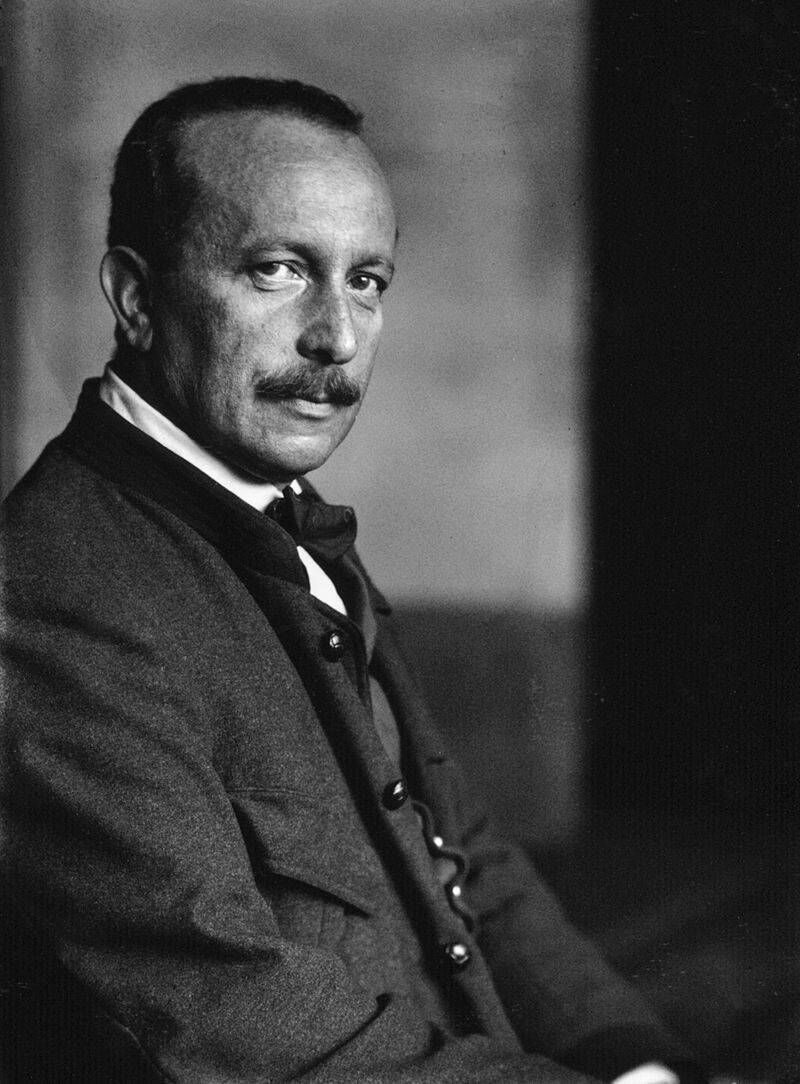
A century after the book was published Bambi is still very much alive and kicking. Over 4,000 Bambi items are listed on Amazon.com.
The trademark can be found on an extensive range of clothing – from baby bibs to mittens, pyjamas to socks, jeans to slippers, Thumper soap to Flower shoulder bags – even Bambi knickers and jockstraps! One shudders to think what Felix Salten would have made of it all.
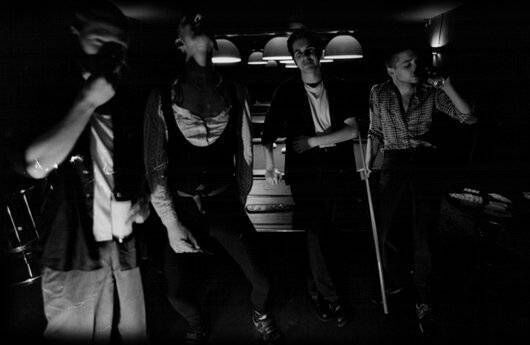
- At the races: A horse named 'Bambi' made a dash for it in the Irish Grand National at Fairyhouse on 29 March 1948: the winner was not a deer, nor a ‘Wandering Wolf’, but a ‘Hamstar’.
- Belting out a tune: An Irish rock group called 'Bambi', from Dalkey, Co. Dublin, formed by William Stewart (drums) and Karl Hussey (guitar), staged over 50 gigs in 1994.
- Helping the police with their enquiries: During autumn 2013, in ‘Operation Bambi', Gardai smashed a gang of three men responsible for poaching around 200 deer in counties Wicklow, Carlow and Kilkenny.
- Learning by doing: 'Bambi's Land Montessori School' in Lusk Village, Co. Dublin, offers “the best possible start” for up to 28 children, aged two and a half to seven, some with autism, to “play, learn and grow together”.
- Slurping a latte: At 'Bambi's Toy Shop & Coffee Dock', a family-run affair in Bandon Retail Park, parents can enjoy barista beverages while their kids hunt down the latest interactive creations.
- In the dentist's chair: Irish Air Compressors (Little Island, Cork) market a low-noise 'Bambi Air Compressor' for dentists, to power their handtools with moisture-free pure air. Maybe, ahem, a little dear at €580 + VAT.




